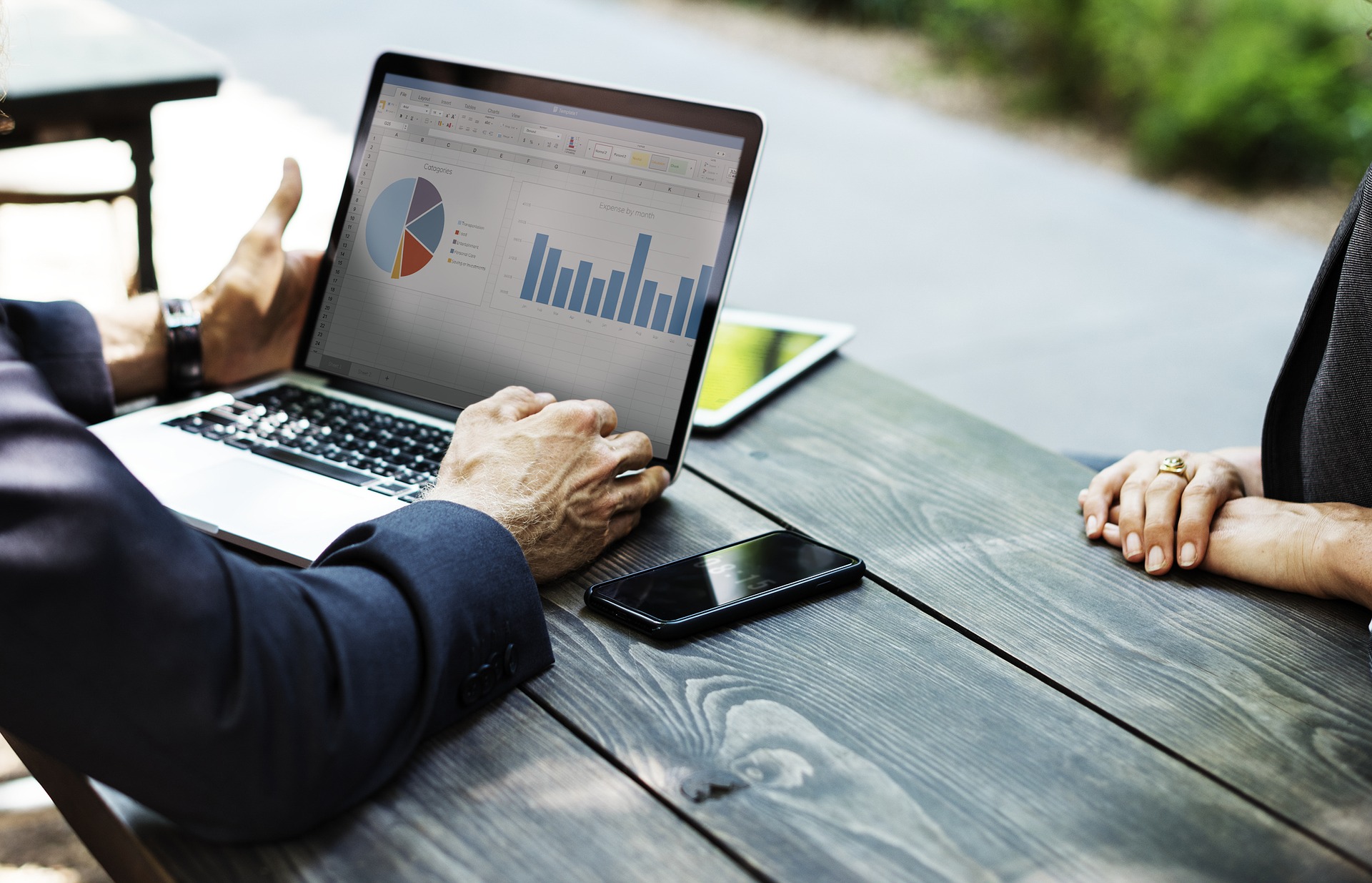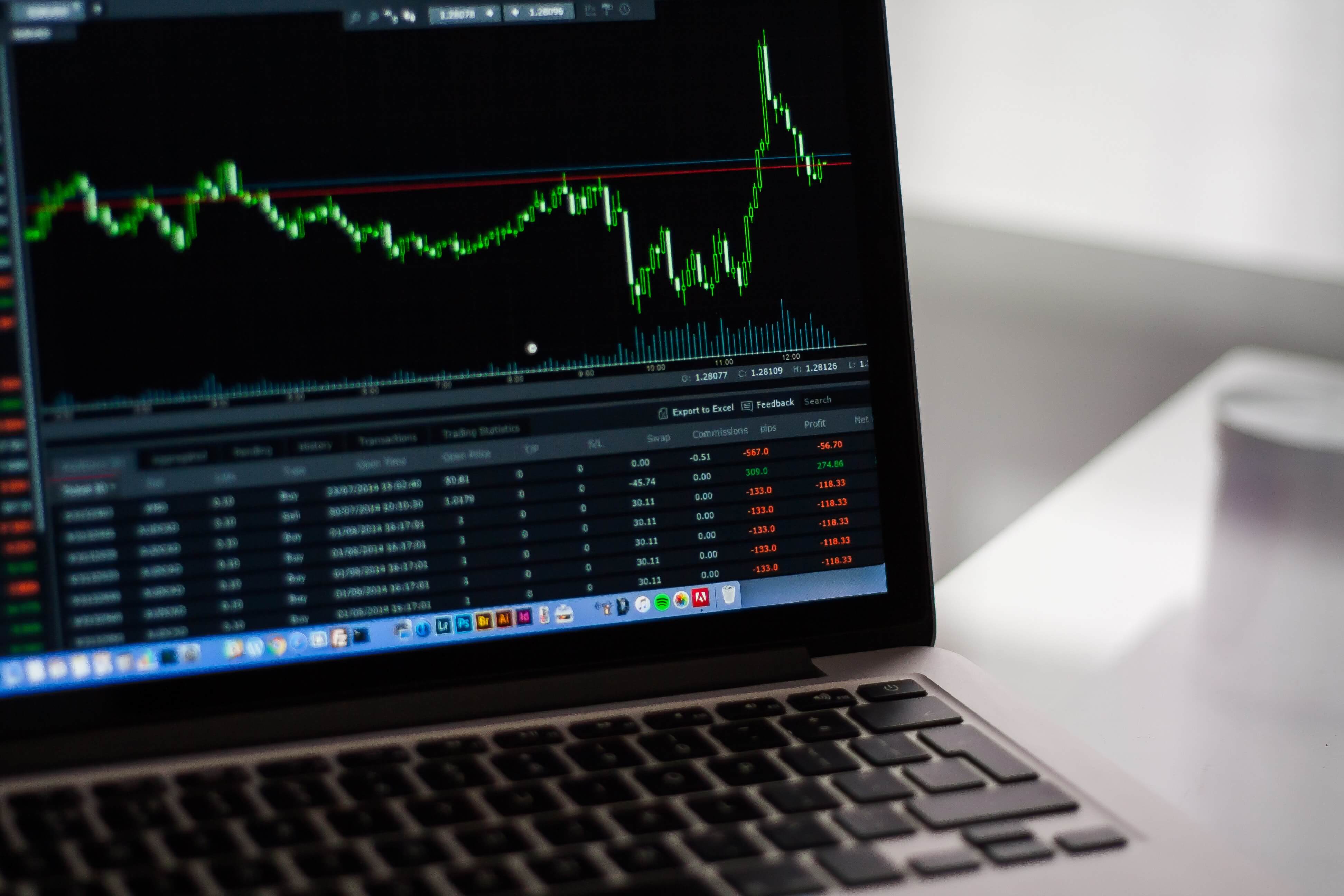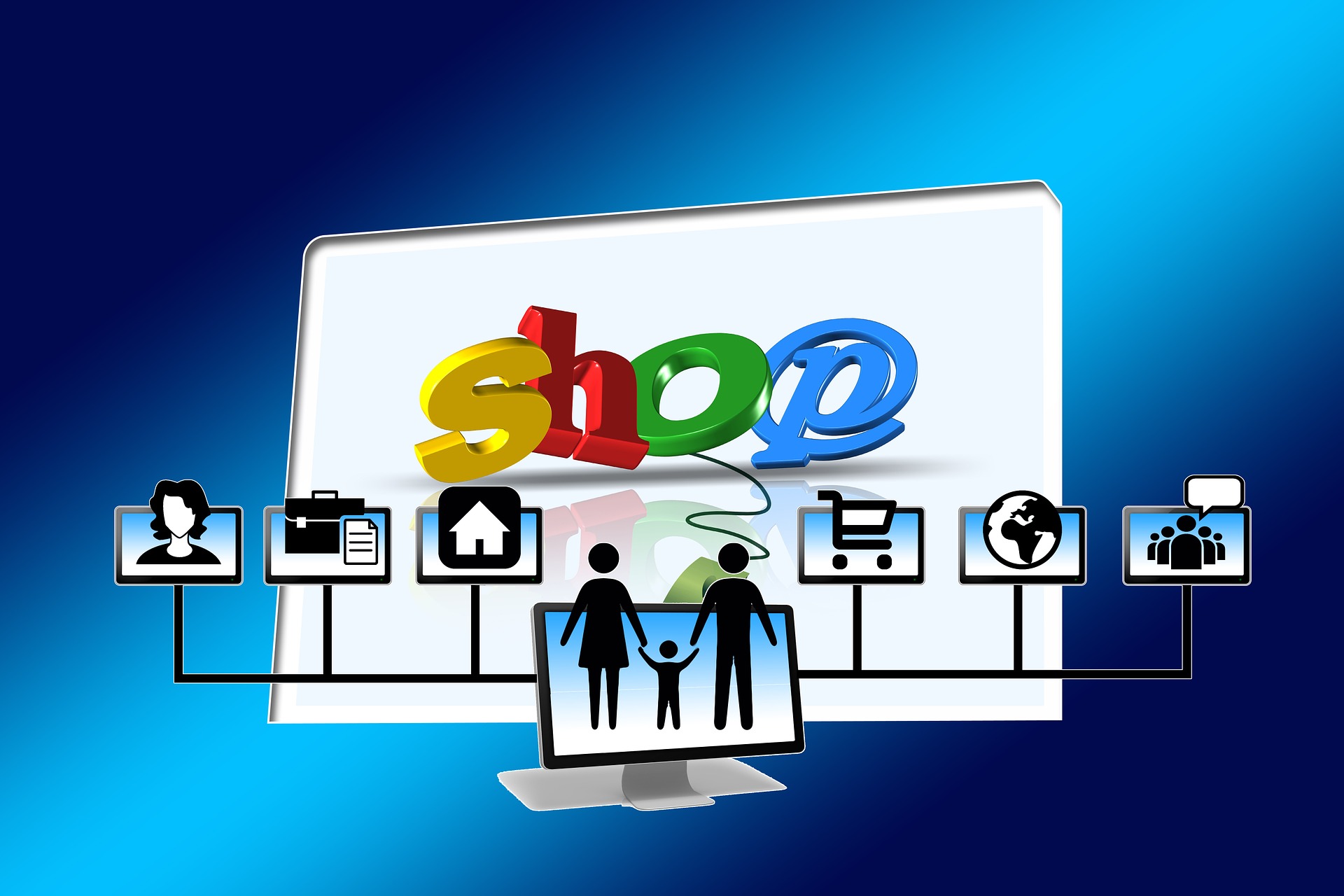Is your company reliant on clients from the internet? If yes, then you’ve come to the right place. It has become customary to see businesses migrating their content to their own websites. You can grow your business online. The digital space is continually expanding, making room for more and more businesses who have decided that they would go online.
If you need help with growing your business online, here are THREE WAYS to ensure that your online business stays in the game
Different Ways To Grow Your Business Online Are As Follows
There are multiple ways you can adopt to grow your business online and in the right way. In this article, you will get the complete details about it how you can grow your business online.
1. SEO:
I’m sure we have all heard of the term SEO. But what is it and what does it really do? Search Engine Optimisation is the process of improving a website’s content to get it to the top page of the Google Search Result. It may not seem much to you but it actually is the difference between getting your conversion rates to go up or not.
Ask yourself this: When was the last time that you went to the second page of a Google Search page? Do you even scroll down or like the others just choose the first two or three links on top and ignore the rest. Having a search engine optimised page is very important especially if you rely on the internet for getting clients. How can you get clients when your prospects do not even see your site?
There are a lot of ways to optimise your website. However, it is recommended that you contact the experts instead of doing it on your own. If you do it on your own, there is a high chance that instead of improving your ranking, you will lose authority and go lower. In some cases, partaking in unethical SEO Practices i.e. Black-hat link building gets websites banned on the Google Search Page.
2. Have a Responsive and Engaging Website:
Of course, you spent a lot of effort and money to get on the first page of Google – to be visible. You shouldn’t waste this by having a responsive and engaging website. Ensure that your website is aesthetically pleasing and does not cause problems for your visitors. Having a lagging website with handfuls of glitches can create an aversion towards your brand. It gives off the message that you’re sloppy and doesn’t care about your customers. User Experience is very much one of the most important factors to consider when building a website.
In an age where most users of the internet use mobile, having a non-responsive website to mobiles could spell disaster for your brand. Do some research on who your prospects are and incline your website in a way that it would attract them. Older people tend to lean towards professional-looking, minimalistic designs while the younger generations favour interactive, colourful web layouts that become more enjoyable the more you look at it.
3. Social Media Marketing:
There are over 2.77 billion social media users in the world and this number is fast rising. It is no secret that social media websites have taken over the world by storm. Facebook, Twitter, and Instagram are just some social media accounts that most can’t live without. By migrating your online business and advertising through social media, you are doing yourself a favor.
Most social media websites now allow for ads to run through them for a small expense. This allows business and brands to target their own prospects, that is to say, you only spend money on people that have a high chance of availing your service. You are not throwing your ads to a distant void but instead, towards a targeted amount of people. Social Media Marketing is also one of the best ways to increase brand awareness and name recall.
We all have certain brands that we associate with products. For example, mobile phones are immediately associated with Apple and Samsung. While there are hundreds of other mobile phone brands, the brand awareness and campaigning that these two mega-companies did set their name in stone. This is what you can do for your brand – increase brand awareness through social media to ensure that your name is seen and does not get forgotten.
Growing your business online is not an easy feat. There would be times when you will get discouraged but don’t. In the end, when you’re ranking on top and you’re getting so many clients, you will realize that it was worth it.
Read Also:






















